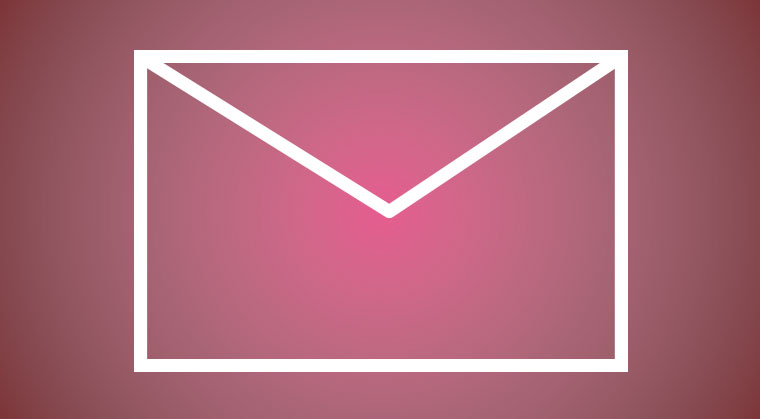Bring Her Home
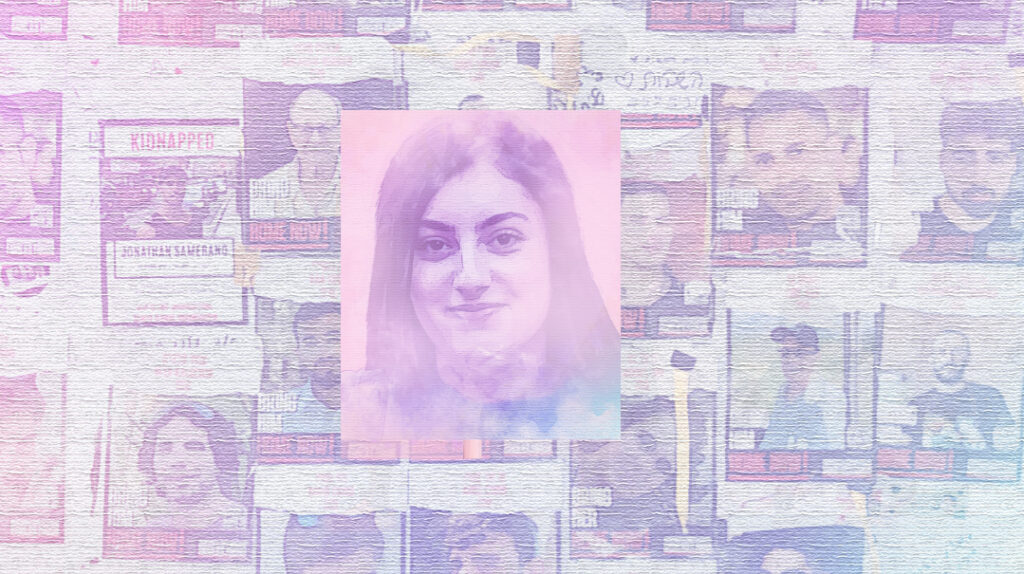

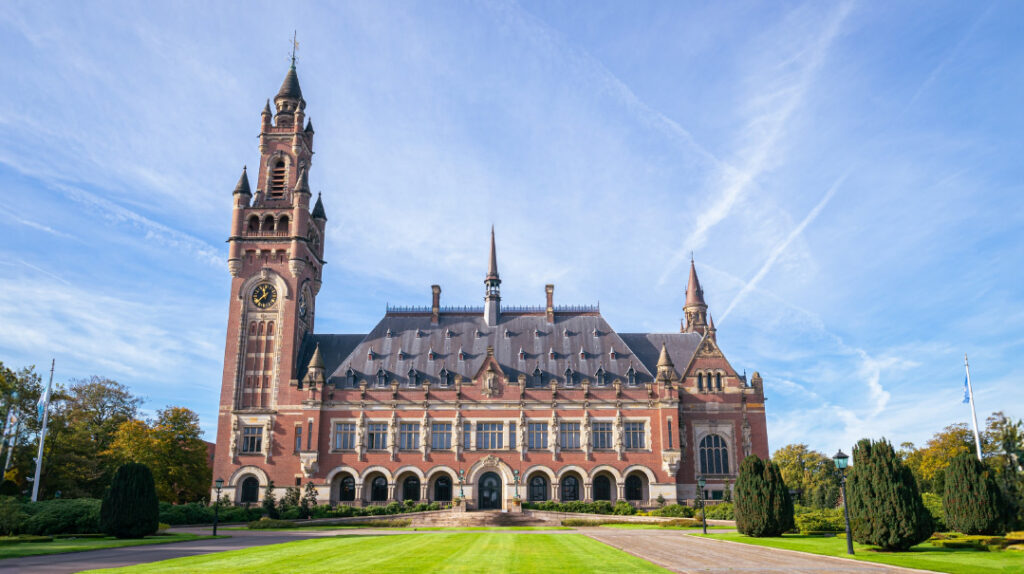

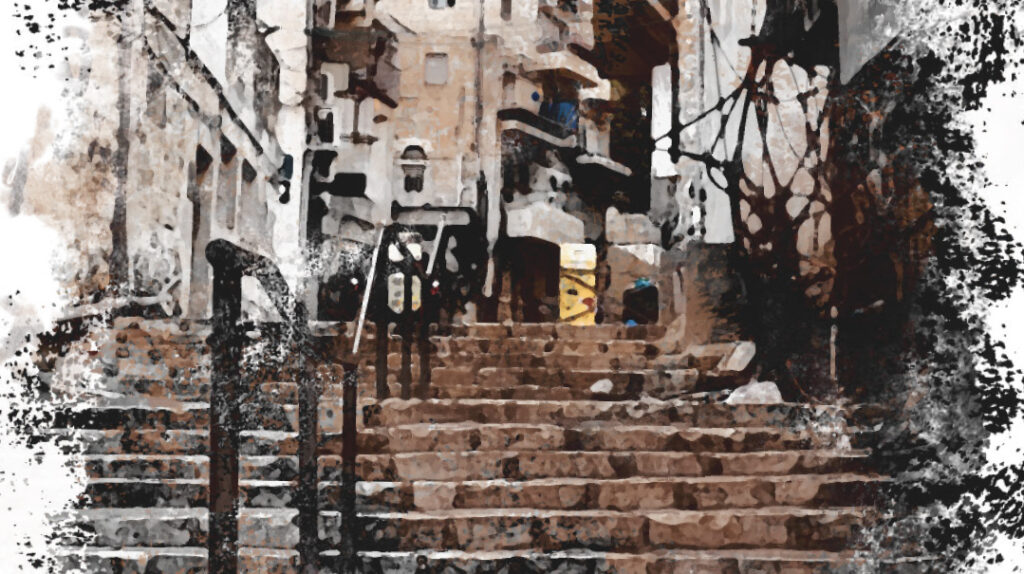
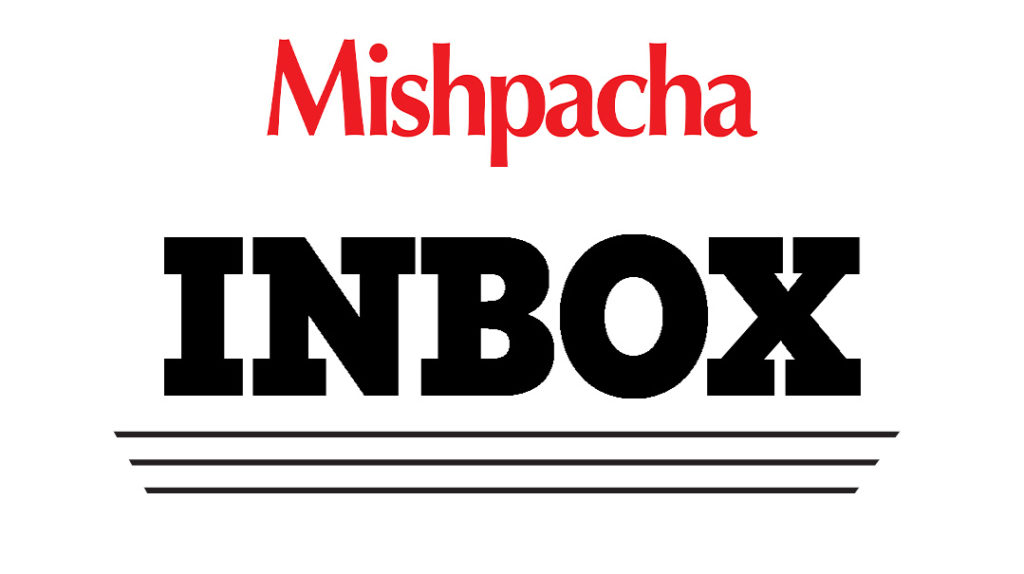
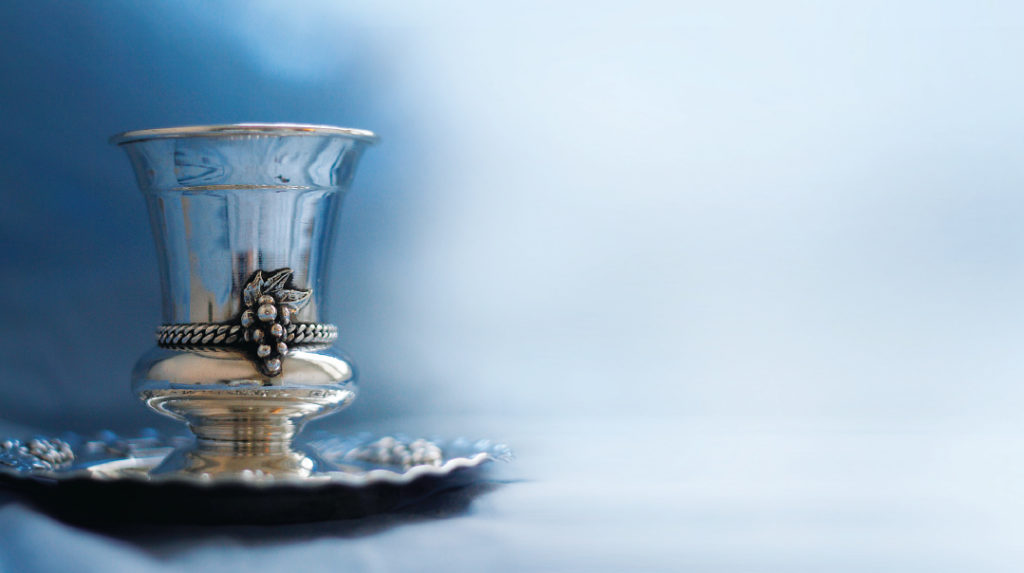
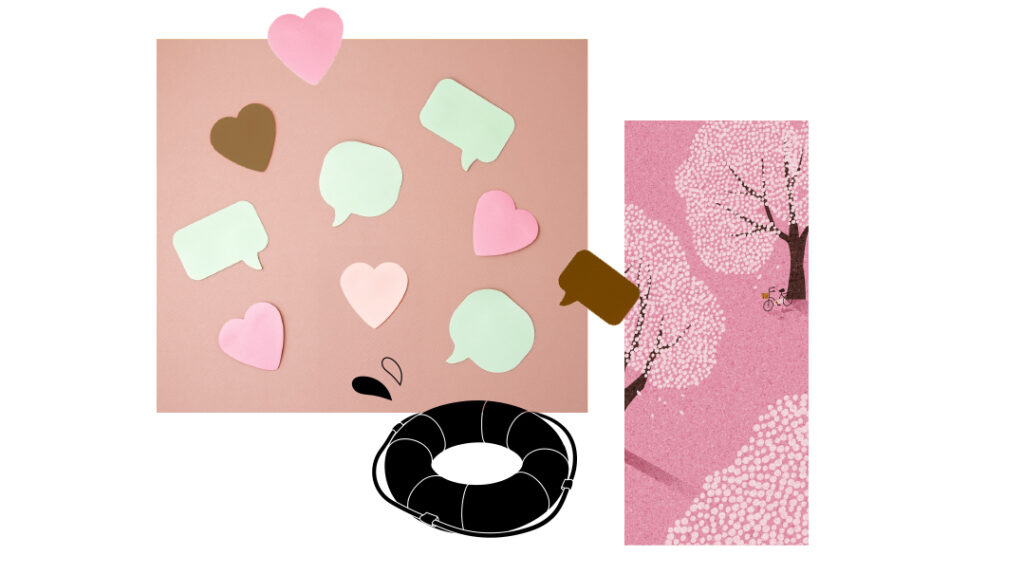
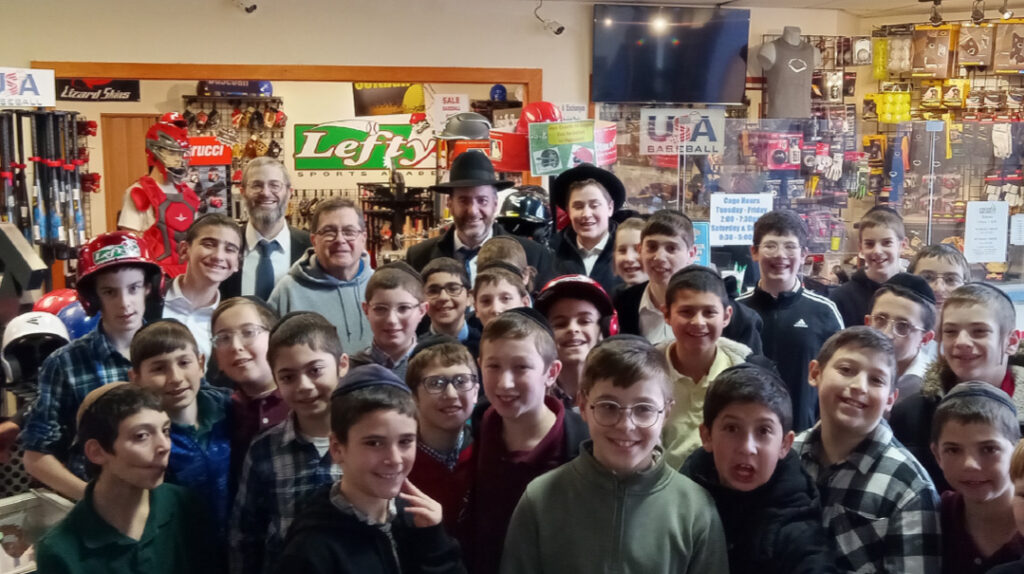
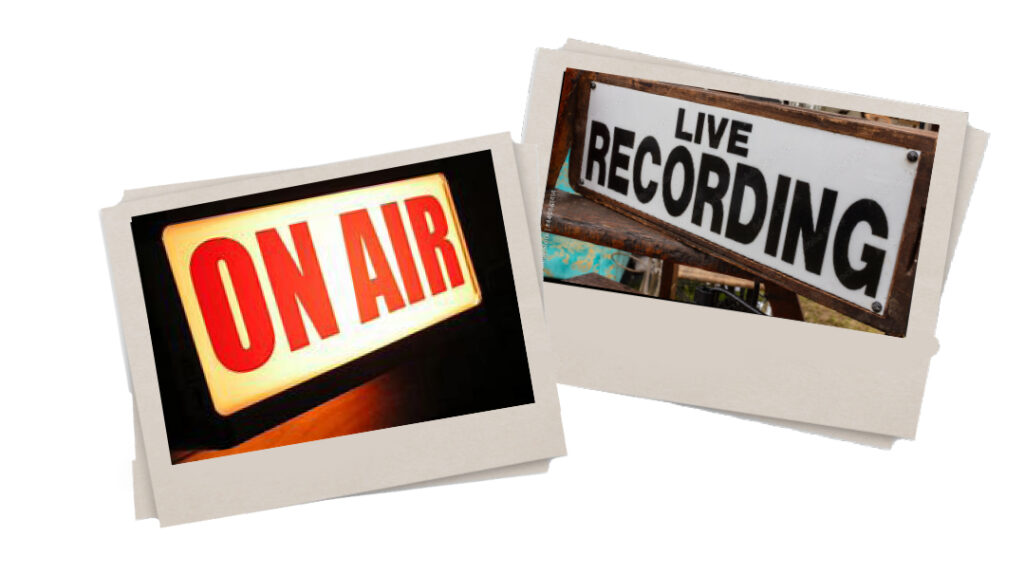
A while back, we discussed what goes into recording an album in the studio, and how today digital engineering means that singers and musicians in different continents and time zones can put together a seamless, perfect product. But what about the albums that are recorded live, when the performance might have some flaws?
The energy of a live concert is always special, even if the sound isn’t studio perfect. The way to get it up to album level is to bring a recording truck — it’s the size of a UPS truck — that contains all the components of a live studio, and then physically attach a wire from the truck to the console board in the auditorium where the concert is taking place. By doing this, you have the option to go back to the studio and fix up or do over any parts that don’t meet expectations.
Some of the most memorable early live concert albums included Yigal Calek’s London Live (Brooklyn College, 1975), HASC’s A Time for Music 1 (Lincoln Center, 1988), Shlomo Carlebach’s Yisrael Betach B’Hashem (Brooklyn College, 1974), and Miami Experience # 1 (Brooklyn College, 1991). But the truth is, it’s a gamble to record live because you never know how it will turn out.
Back in 1992, when the Diaspora Yeshiva Band had a reunion concert in Carnegie Hall, I passed on the opportunity to live-record the show, because I didn’t think the cost would justify the output. But in the end, the band was in top form, the concert was a huge success, and I was chastising myself for not recording it live after all.
The very next day, though, I got a phone call from a woman I’d never met before. She told me that she’d recorded the concert on a cassette tape, and she was really enjoying listening to it. Would I want the tape?
I really didn’t think much of her offer because the chances of the recording being good enough to do something with were slim to none. I asked her where in the audience she was sitting, and what kind of a device she used. She said she was sitting in the center of row P, and she used a $19 Norelco tape recorder with a 59-cent Sony cassette. Out of sheer curiosity, I picked up the cassette, and, on my way to the studio anyway, I handed it to the world’s greatest engineer, Larry Gates a”h. He listened to it, and much to my amazement, he actually said, “I think we can work with this.”
The next day, we had all the members of Diaspora come down to the studio. There was nothing we could remove, but we did have the option to add to it. Until today, The Diaspora Band Reunion Live at Carnegie Hall is one of my favorite recordings out there. Listen to it and see if you agree.
A few years before that, in the summer of 1986, I was the musical director of the La Vista hotel, where I had arranged with the owner, Mr. Leo Zucker, to record the summer concerts. After the summer was over, we’d take those recordings and put out a live album.
Our plan was running smoothly, but the evening Shlomo Carlebach performed, the engineer was unavailable, and so that concert didn’t get recorded, much to my chagrin. After the concert, I told Shlomo that we had been unable to record it as promised, yet without flinching, he replied, “Holy brother Ding, why don’t we just go to the studio, and make a mock recording of the song?”
And that’s exactly what we did. The next day, we went to Systems Two in Brooklyn, with Suki on keyboard, Shmuel Klaver on drums and Carlebach playing his own guitar. My friend Yanky Safir and I made up the entire audience, and before we began, Shlomo asked Suki, “What type of performance do you want? Kumzitz style? A large audience type song?”
Suki replied, “I’ll take the wild, thousand-person-crowd-style of the song.”
And so, we pushed the record button and Shlomo began his “Veye’esoyu” in the promised style. Of course, Suki did an amazing job adding all the fake instrument sounds, and Yanky and I were busy screaming and whistling, to try to sound like a live audience. We then added artificial clapping and various audience noises to the mix for authenticity. For those who are skeptical, see if anyone you know still has the La Vista Evening of Stars tape, and decide for yourself!
(Originally featured in Mishpacha, Issue 997)
